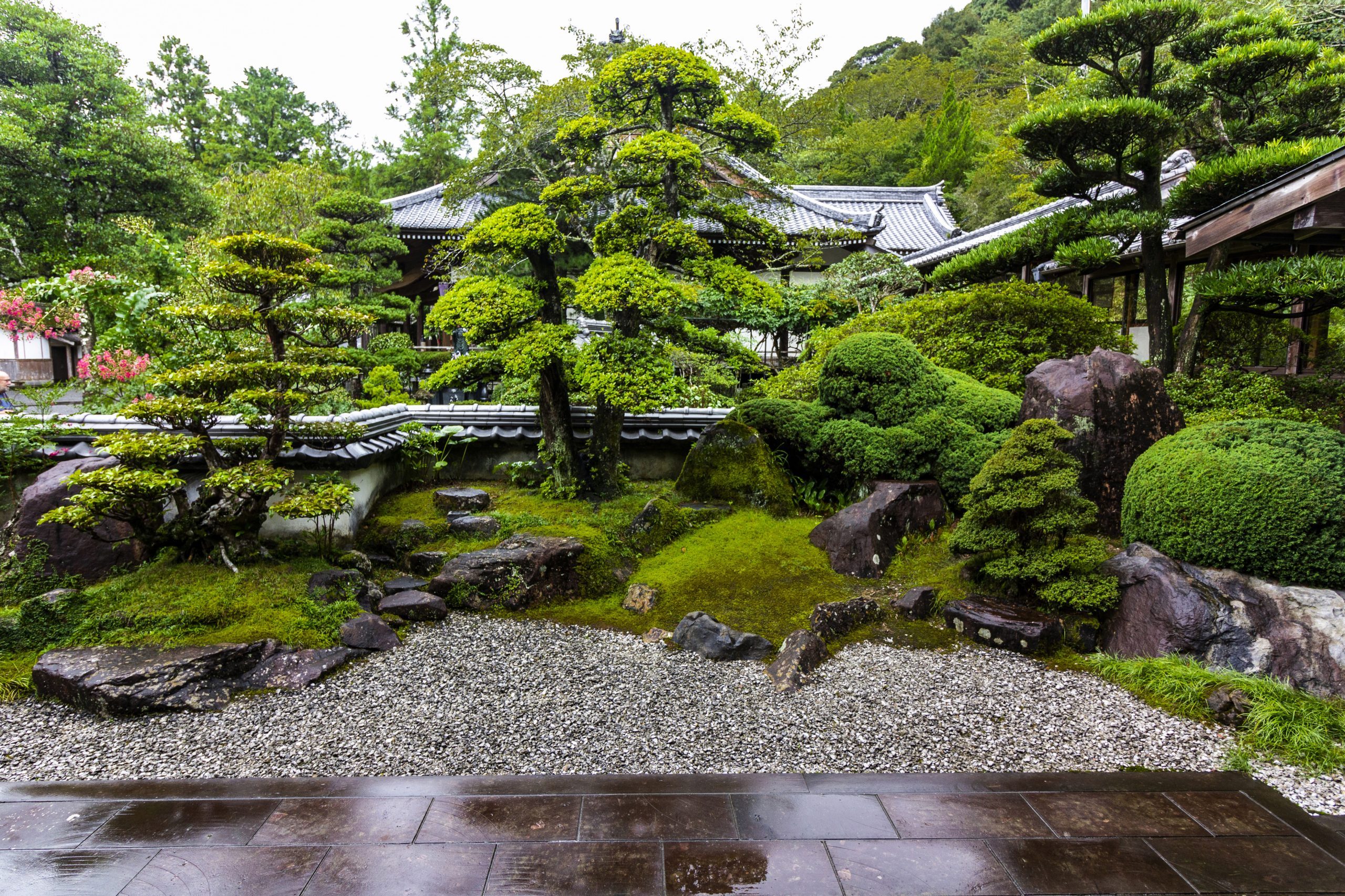

Articles
How To Make Japanese Garden
Modified: October 20, 2024
Learn the art of gardening in creating a serene Japanese garden. Discover tips, techniques, and design principles to transform your outdoor space into a tranquil oasis.
(Many of the links in this article redirect to a specific reviewed product. Your purchase of these products through affiliate links helps to generate commission for Storables.com, at no extra cost. Learn more)
Introduction
Welcome to the world of Japanese gardens, where nature and tranquility harmoniously coexist. Japanese gardens are renowned for their serene beauty and meticulous design, creating a haven of peace and contemplation. Whether you have a sprawling backyard or a small patio space, creating your own Japanese garden can bring a sense of Zen and serenity to your outdoor space.
In this article, we will guide you through the steps of creating a stunning Japanese garden. From selecting a suitable location to choosing the right plants and incorporating traditional design elements, we will provide you with all the information you need to transform your outdoor space into a peaceful oasis.
Japanese gardens have a rich history that dates back thousands of years. They are deeply influenced by the principles of Buddhism and the concept of capturing the beauty of the natural world in a carefully crafted landscape. The design of a Japanese garden is intended to evoke a sense of harmony, balance, and tranquility.
The key elements that define a Japanese garden include lush greenery, carefully arranged rocks, water features such as ponds or streams, and traditional ornamentations like lanterns and stone lanterns. The use of asymmetry, simplicity, and symbolism is also characteristic of Japanese garden design.
Creating a Japanese garden requires careful planning and consideration. It is not just about arranging plants and rocks, but about creating a space that encourages contemplation and inner peace. So, let’s delve into the steps involved in bringing the beauty of a Japanese garden to your own backyard.
Key Takeaways:
- Create a serene Japanese garden by choosing a suitable location, incorporating water elements, and adding traditional features. Embrace tranquility and balance in your outdoor space.
- Maintain your Japanese garden with regular watering, weeding, and stone cleaning. Embrace the evolving beauty of nature and find peace in your serene sanctuary.
Read more: How To Design A Japanese-Inspired Garden
Step 1: Choose a Suitable Location for Your Japanese Garden
The first step in creating your Japanese garden is to identify a suitable location that will serve as the canvas for your artistic creation. Consider the available space in your yard, taking into account the size, shape, and layout. Japanese gardens can be adapted to fit a variety of spaces, whether you have a large backyard or a small balcony.
Look for an area that receives a good amount of natural light, as many plants in a Japanese garden thrive in sunny conditions. However, it is also essential to have some shaded areas to create depth and balance in your garden. Consider the existing landscape and surroundings to ensure your Japanese garden will blend harmoniously with the rest of your outdoor space.
The location you choose should also offer a certain level of privacy and seclusion, as Japanese gardens are meant to be serene and peaceful retreats. Create a sense of enclosure by planting tall hedges or installing bamboo screens to shield your garden from prying eyes.
Another crucial aspect to consider when choosing a location is the accessibility of water. Japanese gardens often feature elements like ponds, streams, or waterfalls, which not only add to the aesthetic appeal but also contribute to the soothing ambiance. Ensure there is a convenient water source nearby or consider incorporating a water feature using a recirculating pump.
Furthermore, take into account the climate and weather conditions of your region. Certain plants and trees may thrive in specific climates, so it’s essential to choose species that are well-suited to the local environment. This will ensure that your Japanese garden remains vibrant and healthy throughout the year.
Lastly, consider the view from both inside and outside your home when selecting the location for your Japanese garden. This will allow you to appreciate and enjoy the beauty of your creation from different vantage points. Whether it’s a view from the living room window or a peaceful spot to sit and unwind, optimizing the visual impact of your garden will enhance the overall experience.
Once you have selected the perfect location for your Japanese garden, you can move on to the next step: determining the design and style that you wish to incorporate.
Step 2: Determine the Design and Style of Your Japanese Garden
Now that you have chosen a suitable location for your Japanese garden, it’s time to delve into the design and style that you want to emulate. Japanese gardens are known for their distinct aesthetic and specific design principles, each with its own unique characteristics and symbolism.
One of the most popular and well-known styles of Japanese gardens is the Zen garden, or Karesansui. Zen gardens typically consist of raked gravel or sand, carefully placed rocks, and minimal vegetation. The design aims to create a sense of calm and meditation, providing a space for contemplation and reflection.
If you prefer a more lush and natural look, consider creating a Tsukiyama garden. This style replicates hills, hillsides, and mountains, often incorporating ponds, streams, and waterfalls. It is designed to mimic the beauty of the Japanese countryside and offers a more dynamic and visually stunning landscape.
Additionally, you may be drawn to the simplicity and elegance of a Tea garden, or Chaniwa. These gardens are specifically designed to complement and enhance the tea ceremony experience, with carefully placed stepping stones, lanterns, and a teahouse or pavilion as the focal point.
Another style to consider is the Strolling garden, or Kaiyū-shiki Teien. These gardens are created with the intention of being enjoyed while walking through them. They often feature winding pathways, bridges, and a variety of plantings to create a sense of exploration and discovery.
When choosing a design and style for your Japanese garden, it’s important to consider your personal preferences and the overall aesthetic you wish to achieve. Take the time to research and explore different garden styles to find the one that resonates with you and complements the existing elements of your outdoor space.
Once you have determined the design and style of your Japanese garden, you can move on to the next step: selecting and arranging the plants and trees.
Step 3: Select and Arrange the Plants and Trees in Your Garden
The selection and arrangement of plants and trees are crucial elements in creating an authentic Japanese garden. The goal is to create a harmonious balance between the natural elements and the built environment. When choosing plants, prioritize those that are native to Japan or have similar characteristics to create an authentic feel.
Consider incorporating a mix of evergreen and deciduous plants to create visual interest throughout the seasons. Evergreen plants, such as Japanese maple trees and pine trees, provide year-round foliage and add a sense of stability and permanence to the garden. Deciduous plants, like cherry blossom trees and Japanese maples, offer stunning seasonal colors and add a dynamic element to the overall design.
When arranging the plants and trees, follow the principles of asymmetry and simplicity that are inherent in Japanese garden design. Create groupings of plants in odd numbers, as odd numbers are considered more aesthetically pleasing and natural. Make use of varying heights and textures to create depth and visual appeal.
Bamboo is another essential element to consider incorporating in your Japanese garden. Not only does it add a vertical element, but it also symbolizes strength and flexibility in Japanese culture. Plant bamboo strategically to provide privacy, create natural screens, or frame specific areas of your garden.
When it comes to ground cover, moss is a popular choice in Japanese gardens due to its lush and vibrant appearance. Moss not only adds a velvety texture to the ground but also creates a sense of age and tranquility. Consider adding moss to pathways, around rocks, or as a filler between stepping stones.
Don’t forget to incorporate a variety of textures and shapes to create visual interest. Mix plants with different leaf shapes and sizes, such as ferns, hostas, and ornamental grasses. Integrate rocks and boulders into the landscape to mimic the ruggedness of nature and create a stunning contrast.
As you arrange the plants and trees in your Japanese garden, pay attention to the concept of “ma,” which refers to the negative space between elements. Japanese gardens often incorporate open spaces, allowing the eye to rest and appreciate the beauty of individual plants and features.
Once you have selected and arranged the plants and trees in your Japanese garden, it’s time to move on to the next step: incorporating water elements.
Step 4: Incorporate Water Elements in Your Japanese Garden
Water is a fundamental and symbolic element in Japanese garden design. It represents purity, tranquility, and life force. Incorporating water features into your garden can greatly enhance its visual appeal and create a soothing atmosphere.
One popular water feature in Japanese gardens is a pond or a small water basin called a tsukubai. These features serve not only as a focal point but also as a place for water reflection and meditation. You can introduce koi fish or other aquatic plants to add movement, color, and life to the water.
If your space is limited, consider incorporating a small stone basin with a bamboo water spout, known as a chozubachi. This can serve as a symbolic purification ritual or handwashing station before entering the garden.
Cascading waterfalls and babbling streams are also commonly found in Japanese gardens. These create a dynamic element and the gentle sound of flowing water adds a sense of serenity and harmony. Use natural stones to create cascades and ensure the water flows naturally and peacefully.
When incorporating water elements, it’s important to consider the overall balance and scale. The size of the water feature should be in proportion to the size of your garden. Remember to integrate the surrounding plants, rocks, and pathways harmoniously around the water elements.
In addition to the visual appeal, water elements also attract various wildlife, such as birds and butterflies, enhancing the overall biodiversity of your garden.
Ensure proper maintenance of your water elements to keep them clean and to prevent any issues with algae growth. Regularly check and clean the filtration systems, remove debris, and monitor the water quality to maintain a healthy and vibrant environment.
Now that you have incorporated water elements in your Japanese garden, it’s time to move on to the next step: adding traditional Japanese garden features and ornamentations.
Consider incorporating traditional Japanese elements such as bamboo, stone lanterns, and water features to create an authentic Japanese garden. These elements can help to create a peaceful and serene atmosphere.
Step 5: Add Traditional Japanese Garden Features and Ornamentations
Traditional Japanese garden features and ornamentations are key elements that help create an authentic and captivating atmosphere in your garden. These special additions not only add visual interest but also serve symbolic and functional purposes.
One iconic feature commonly found in Japanese gardens is the lantern. Made from stone or metal, lanterns come in various designs and sizes, each with its own significance. Placing lanterns strategically throughout the garden not only adds a sense of charm but also provides soft illumination during evening hours.
Another popular ornamentation is the pagoda or stone tower. These multi-tiered structures symbolize spiritual ascension and create a focal point in the garden. Choose a pagoda that complements the scale and style of your garden, placing it in a prominent location for maximum impact.
Stone bridges, such as the arched Moon Bridge or flat Stepping Stones, are not only functional but also add a sense of journey and exploration to your garden. Use them to cross over water features or connect different areas of your garden.
Bamboo fences and gates are traditional elements that provide privacy and structure in a Japanese garden. They blend seamlessly with the natural surroundings and create a sense of enclosure. Use bamboo to frame specific areas, line pathways, or as a backdrop for other features.
Stone arrangements, known as suiseki, are also frequently incorporated in Japanese gardens. These carefully selected stones represent mountains or landscapes and are displayed on pedestals or in specially designed alcoves. Suiseki adds a contemplative element and invites reflection on the beauty of nature.
In addition to these traditional features, consider adding garden sculptures, such as statues of animals or mythical creatures like dragons or foo dogs. These can add a touch of whimsy and cultural significance to your garden.
When adding traditional Japanese garden features and ornamentations, remember to maintain a balance and harmony with the overall design. Avoid overcrowding the garden with too many decorative elements. Instead, focus on selecting a few key pieces that complement each other and enhance the overall ambience of the space.
With the addition of traditional Japanese garden features and ornamentations, your garden is now taking shape. The next step is to create pathways and stone arrangements to guide visitors through the space.
Step 6: Create Pathways and Stone Arrangements
Pathways and stone arrangements play a crucial role in Japanese garden design, as they guide visitors through the space and create a sense of flow and harmony. They also serve as focal points and add visual interest to the overall landscape.
When creating pathways in your Japanese garden, consider using natural materials such as stepping stones or gravel. These materials blend seamlessly with the natural surroundings and evoke a sense of simplicity and tranquility.
Stepping stones are a popular choice for pathways as they invite visitors to slow down and appreciate the garden at a leisurely pace. Arrange the stepping stones in a curving or meandering pattern to create a sense of discovery and exploration. Leave regular spaces between the stones to allow for a comfortable stride.
If you prefer a more structured and formal look, consider using gravel for your pathways. Raked gravel, known as karesansui, is a signature feature of Zen gardens and creates a sense of tranquility and mindfulness. Ensure that the gravel is raked in a consistent pattern, such as concentric circles or straight lines.
In addition to pathways, stone arrangements are an integral part of Japanese garden design. Use larger rocks and boulders to create focal points or to simulate natural landscapes like mountains or hills. Place them strategically to add depth and visual interest to your garden.
Consider the concept of “yin and yang” when selecting and arranging rocks and stones. Balance should be achieved by using rocks of varying sizes and shapes. Place larger rocks in the foreground and gradually cascade them towards smaller rocks in the background.
Pay attention to the positioning of the stones as they should appear as though they have naturally emerged from the ground. This technique, known as “bokashi,” creates a more organic and harmonious feel.
Incorporate moss or low-growing plants around the stones to soften their appearance and create a more naturalistic look. The contrast between the ruggedness of the stones and the softness of the moss adds texture and visual appeal to the overall arrangement.
As you create pathways and stone arrangements in your Japanese garden, remember to consider practical aspects such as ease of navigation and safety. Ensure that the pathways are wide enough for comfortable walking and that stones are stable and not prone to tripping hazards.
With the pathways and stone arrangements in place, your Japanese garden is nearly complete. Now, it’s time for the final step: maintaining and caring for your garden to ensure its long-term beauty and vitality.
Step 7: Maintain and Care for Your Japanese Garden
Proper maintenance is vital to ensure that your Japanese garden thrives and retains its beauty over time. With regular care and attention, you can preserve the harmony and tranquility of your garden for years to come.
Here are some essential maintenance tasks to consider:
- Regular Watering: Adequate watering is crucial, especially during the dry seasons. Ensure plants receive the right amount of water, taking into account their specific needs and the climate of your region. Avoid overwatering, as it can lead to root rot and other issues.
- Weeding: Regularly remove weeds and unwanted vegetation to maintain a clean and tidy appearance. Weeds can outcompete your desired plants and disrupt the overall aesthetic of your garden.
- Trimming and Pruning: Prune and trim plants as needed to maintain their shape and encourage healthy growth. Remove any dead or diseased branches promptly.
- Moss Care: If you have incorporated moss in your garden, ensure it remains healthy by keeping it moist and free from debris. Gently remove any fallen leaves or other debris that may accumulate on the moss surface.
- Stone Cleaning: Regularly clean and remove dirt or algae buildup on stones, lanterns, and other features. Use a soft brush or sponge to gently scrub the surfaces and maintain their original appearance.
- Seasonal Maintenance: Different seasons require specific care. In the fall, remove fallen leaves and debris from the garden. In winter, protect delicate plants from frost or extreme cold. During spring, assess your garden for pruning and fertilizing needs.
- Check and Maintain Water Features: Regularly inspect water features such as ponds, waterfalls, or basins. Clean filters, remove debris, and monitor water quality. Repair any leaks or malfunctions promptly.
- Monitor Pest and Disease: Keep an eye out for common garden pests and diseases. Take appropriate measures, such as using organic pest control methods or consulting with a professional, to address any issues that may arise.
Remember to observe and appreciate the ever-changing beauty of your Japanese garden. Take the time to sit and relax in its tranquility, and be open to making adjustments and improvements over time.
By following these maintenance practices, you can ensure that your Japanese garden remains a serene and inviting space, providing you with a place of peace and inspiration.
With Step 7 completed, you now have all the information you need to create, maintain, and care for your very own Japanese garden. Let your creativity and love for gardening come together as you embark on this journey to create a beautiful and serene outdoor space.
Enjoy the beauty and tranquility of your Japanese garden!
Conclusion
Congratulations on completing the journey of creating your very own Japanese garden! By following the steps outlined in this guide, you have transformed your outdoor space into a serene and harmonious sanctuary.
Japanese gardens are not just about arranging plants and stones; they are about capturing the essence of nature and creating a space for contemplation and tranquility. The careful selection of plants, the incorporation of water elements, and the addition of traditional features and ornamentations all work together to evoke a sense of calm and harmony.
Remember to continue maintaining and caring for your Japanese garden as time goes on. Regular watering, weeding, pruning, and cleaning will help ensure its long-term vitality and beauty. Take the opportunity to observe and appreciate the ever-changing nature of your garden, as it will continue to evolve and grow over time.
Your Japanese garden can be a retreat for reflection, a place to find solace, and a source of inspiration. Whether you choose to meditate in the presence of a waterfall, enjoy a cup of tea in a serene teahouse, or simply sit and appreciate the beauty of the plants and stones, your garden will provide you with a sense of peace and tranquility.
Continue to explore and deepen your understanding of Japanese gardening principles and aesthetics. Draw inspiration from the rich tradition of Japanese garden design while infusing your own personal touch and creativity.
Remember, the true essence of a Japanese garden lies not only in its physical elements but also in the sense of tranquility and connection it evokes. Let your love for nature guide you as you immerse yourself in the beauty and serenity of your Japanese garden.
Thank you for embarking on this journey, and may your Japanese garden bring you joy, peace, and a deeper appreciation for the natural world.
If you're drawn to the simplicity and tranquility of Japanese gardens, you might also be curious about the minimalist charm of Zen gardens. Diving deeper into the realm of serene landscapes, our next article sheds light on what sets Zen gardens apart, focusing on their unique elements and the peace they offer to any space. Whether you're a seasoned gardener or just starting, understanding the essence of Zen gardening will surely inspire your next outdoor project.
Frequently Asked Questions about How To Make Japanese Garden
Was this page helpful?
At Storables.com, we guarantee accurate and reliable information. Our content, validated by Expert Board Contributors, is crafted following stringent Editorial Policies. We're committed to providing you with well-researched, expert-backed insights for all your informational needs.
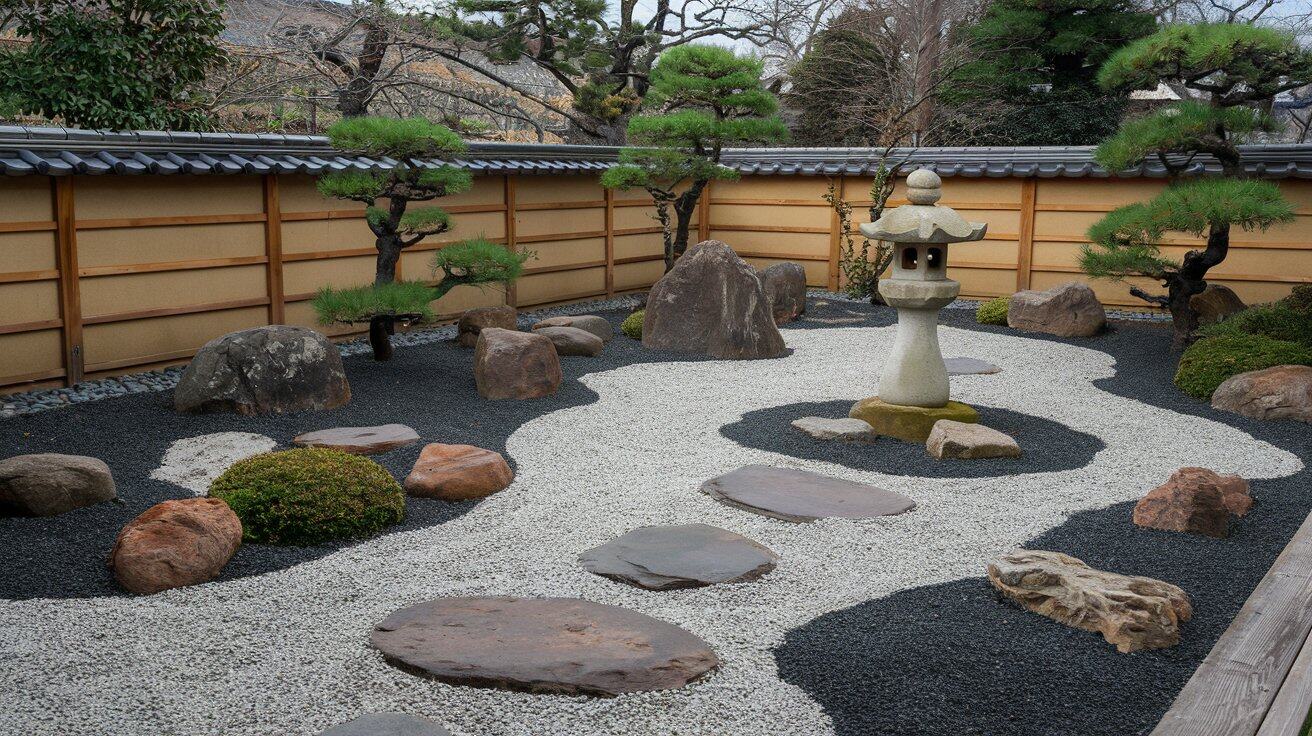
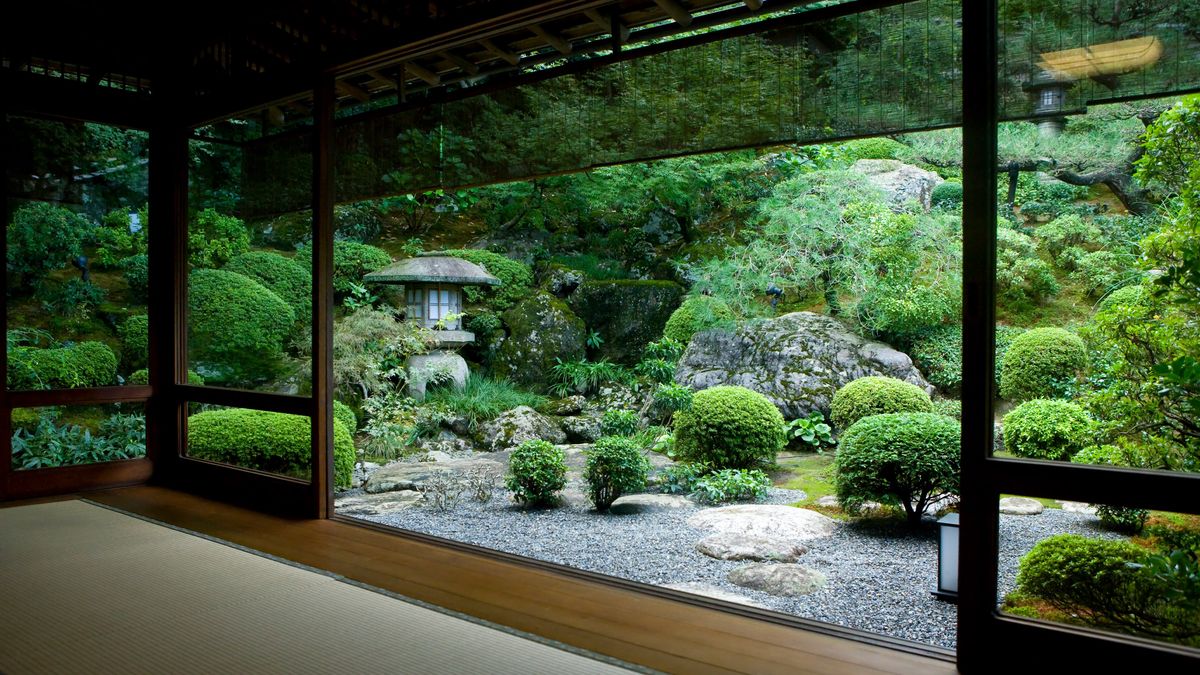
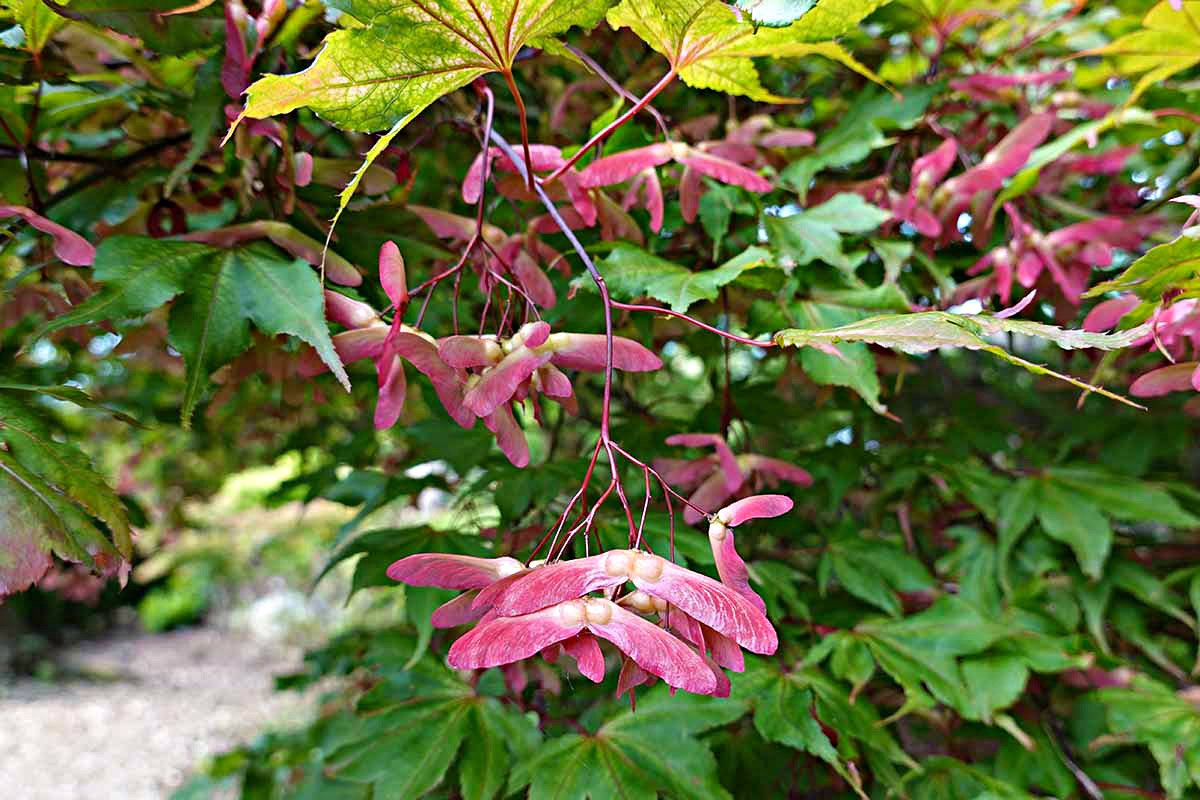
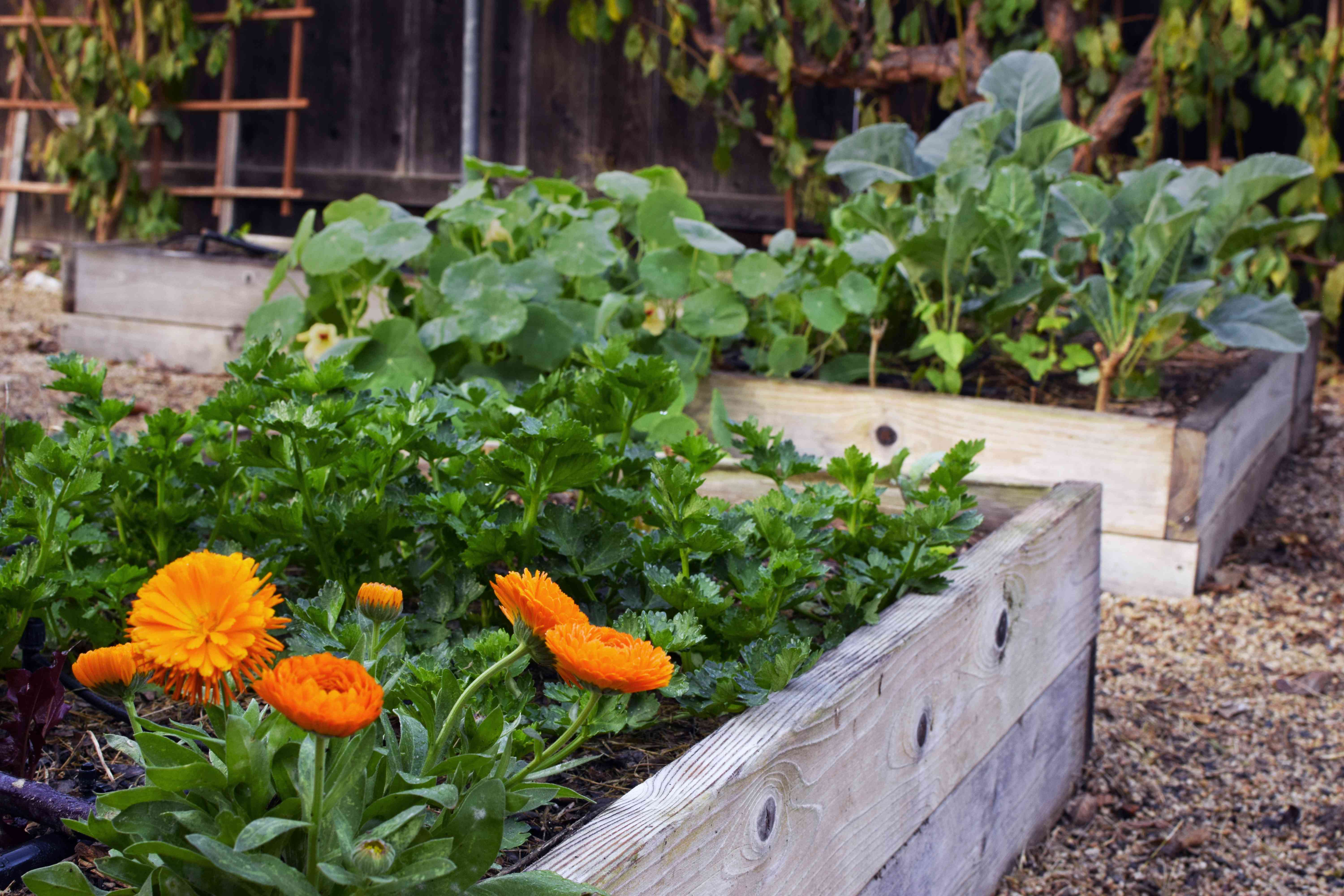
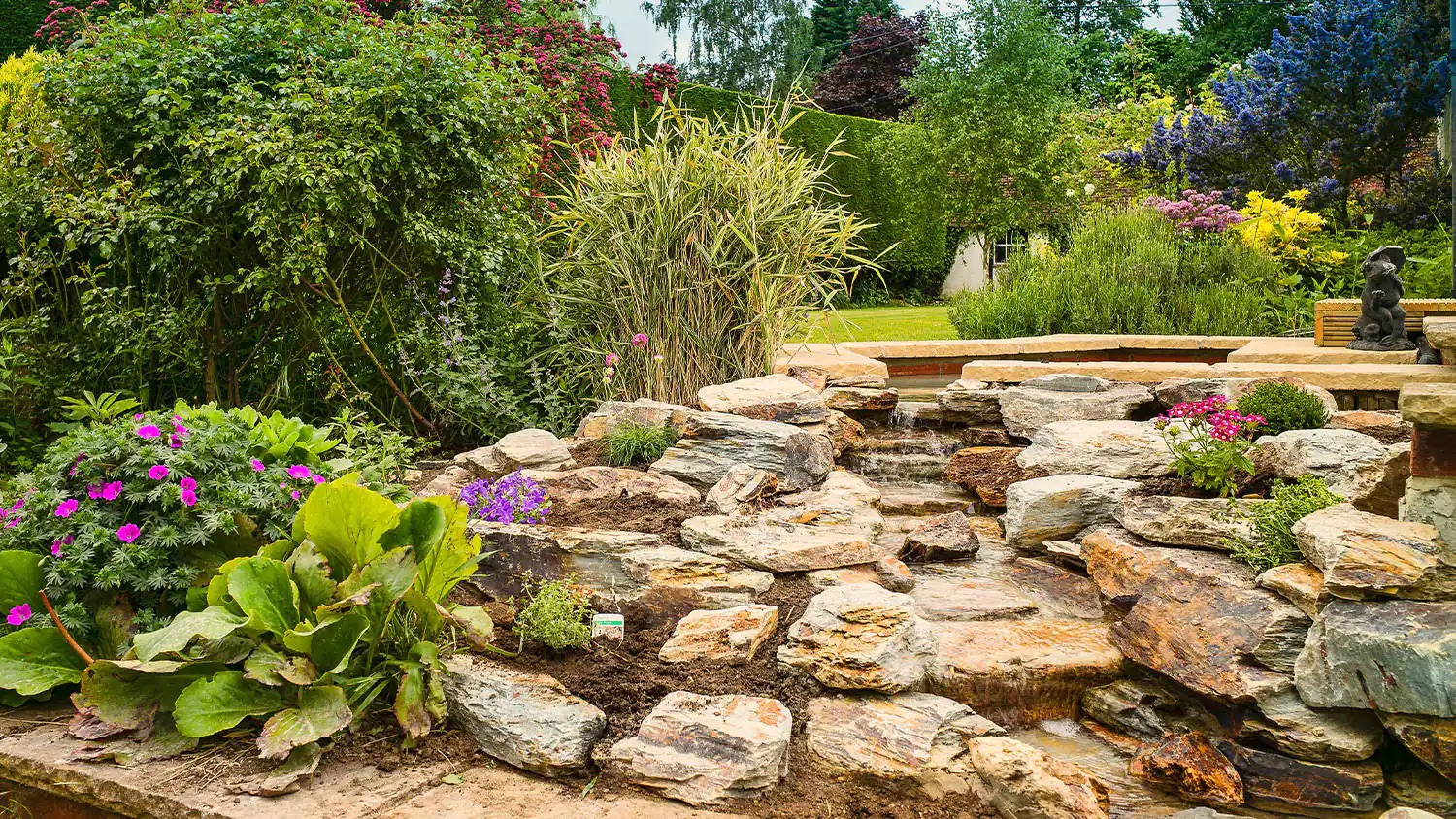

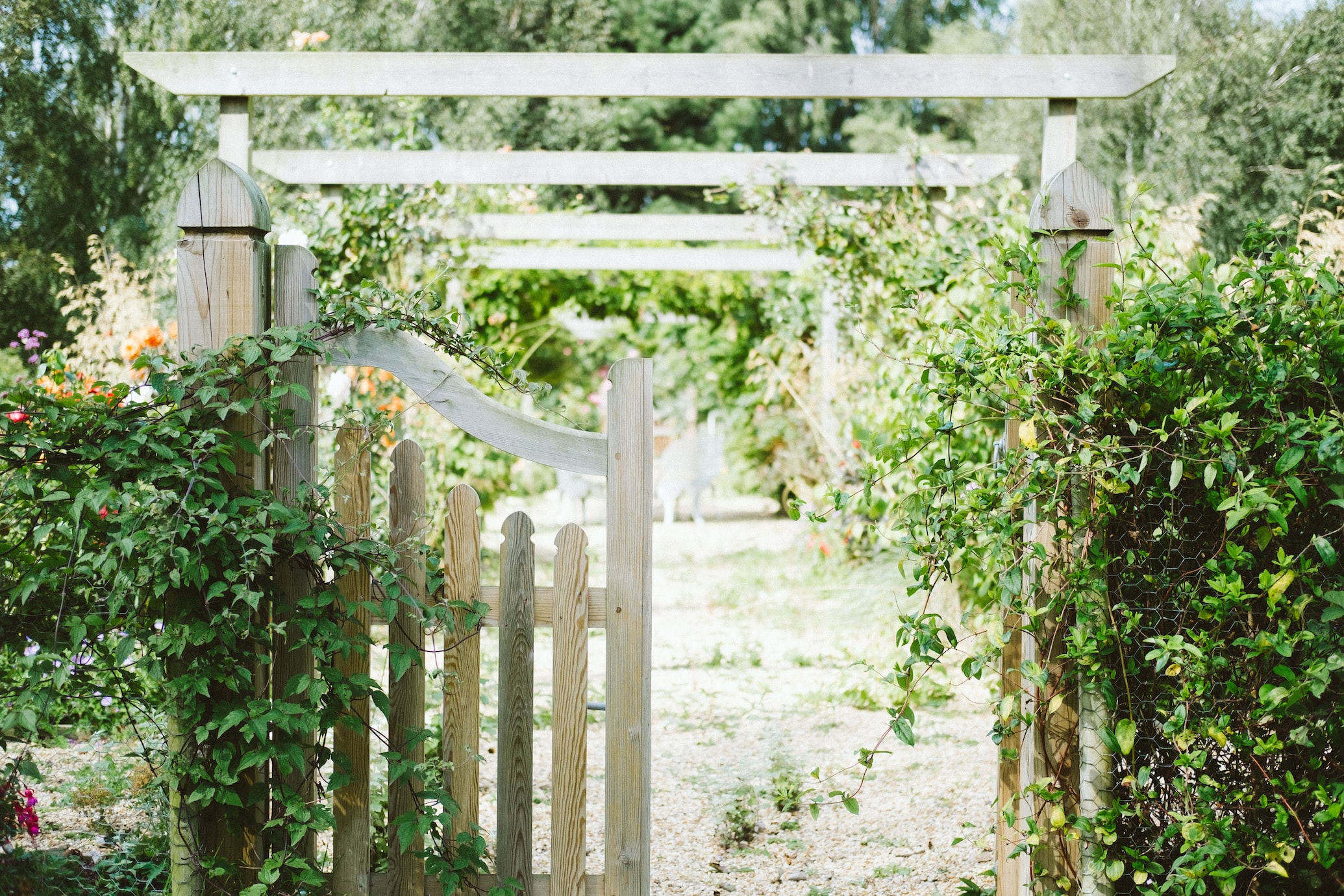
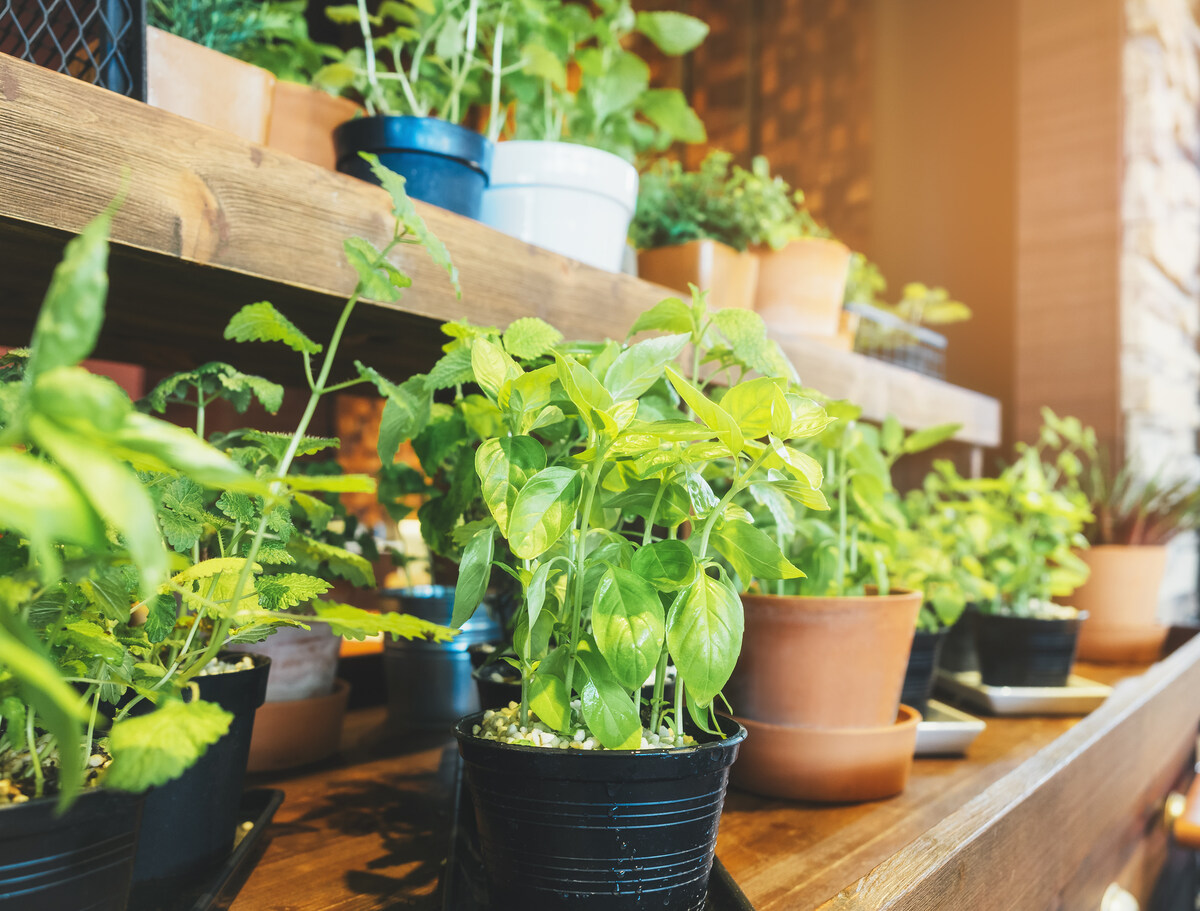

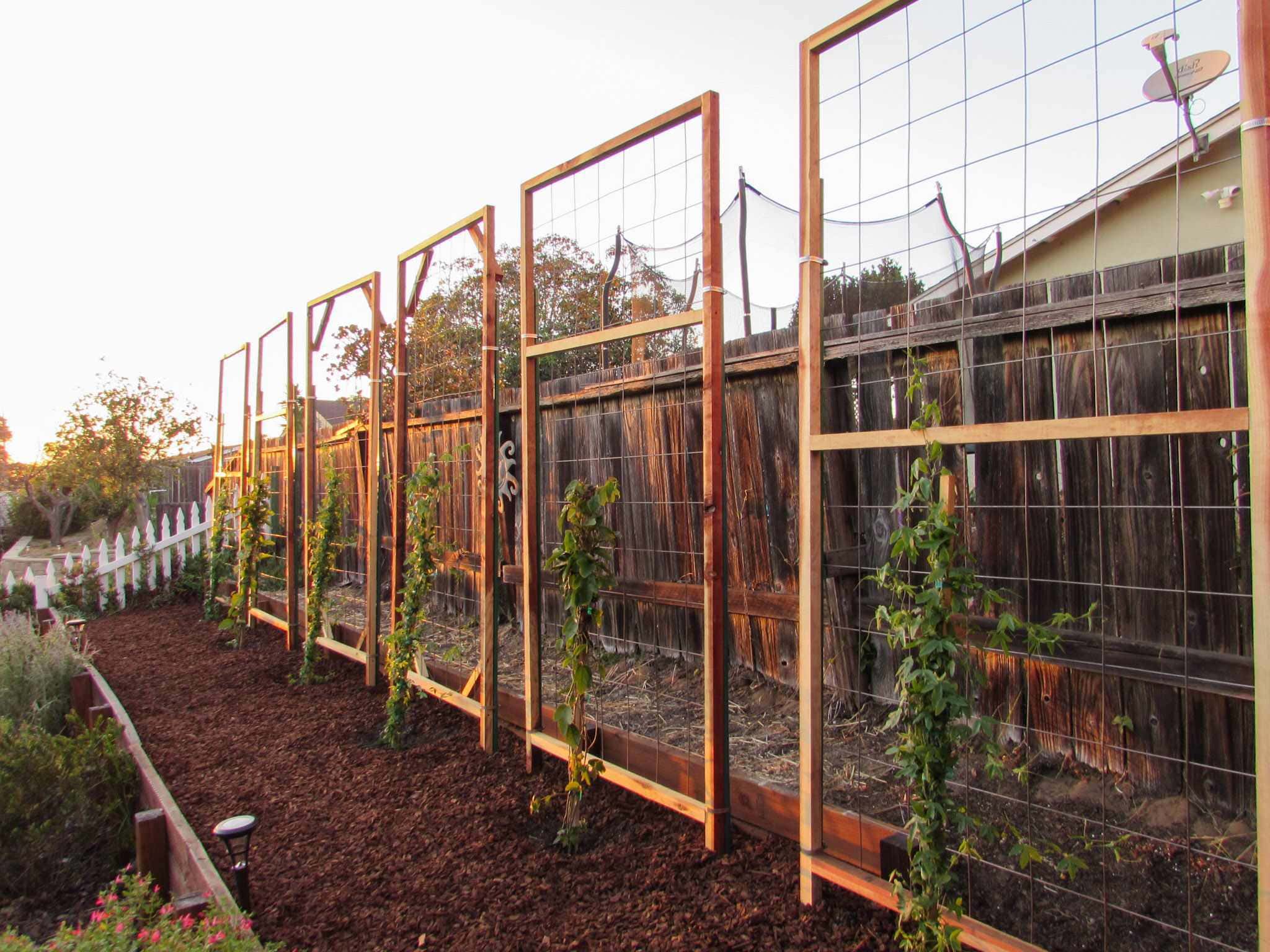
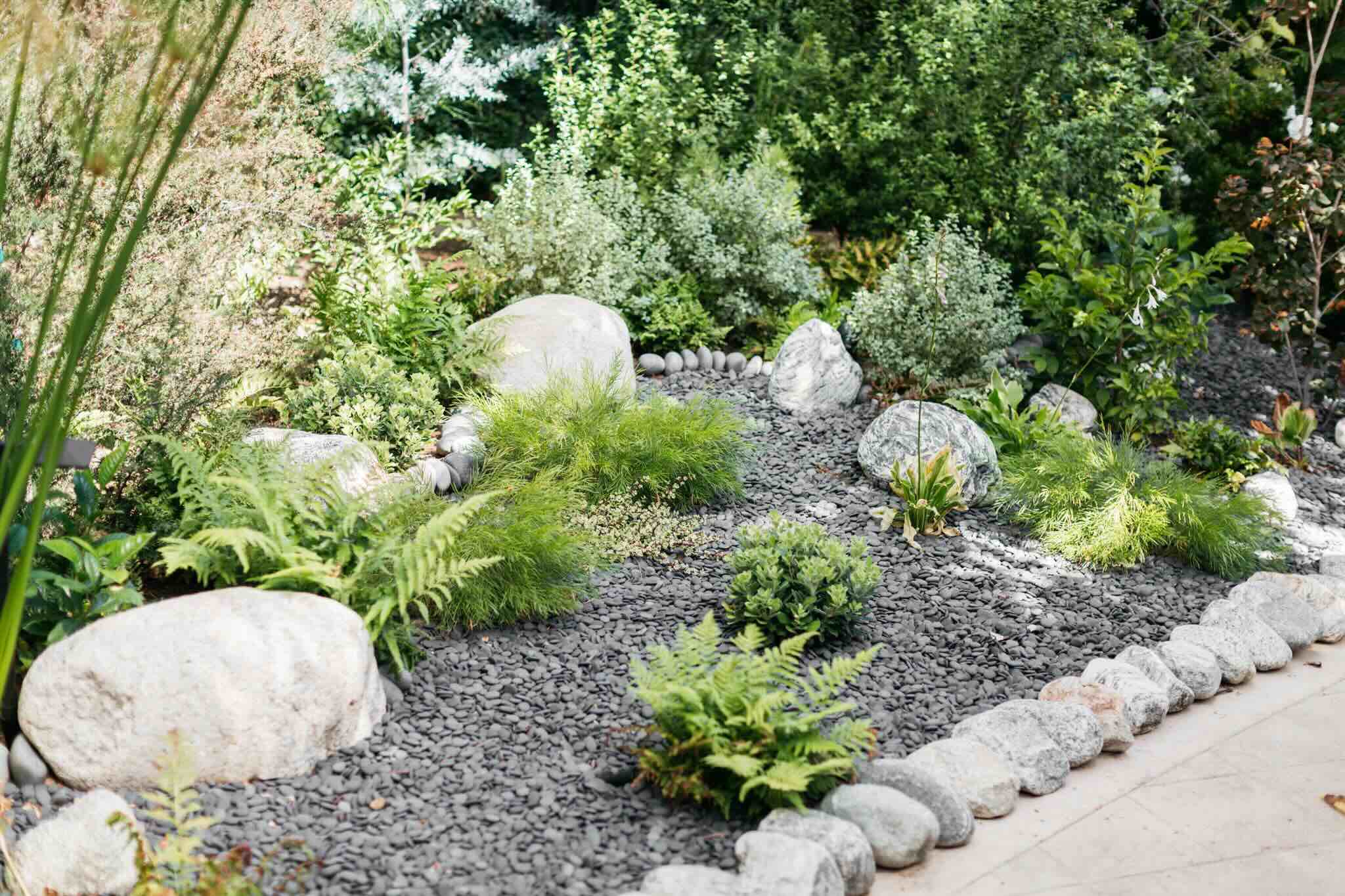

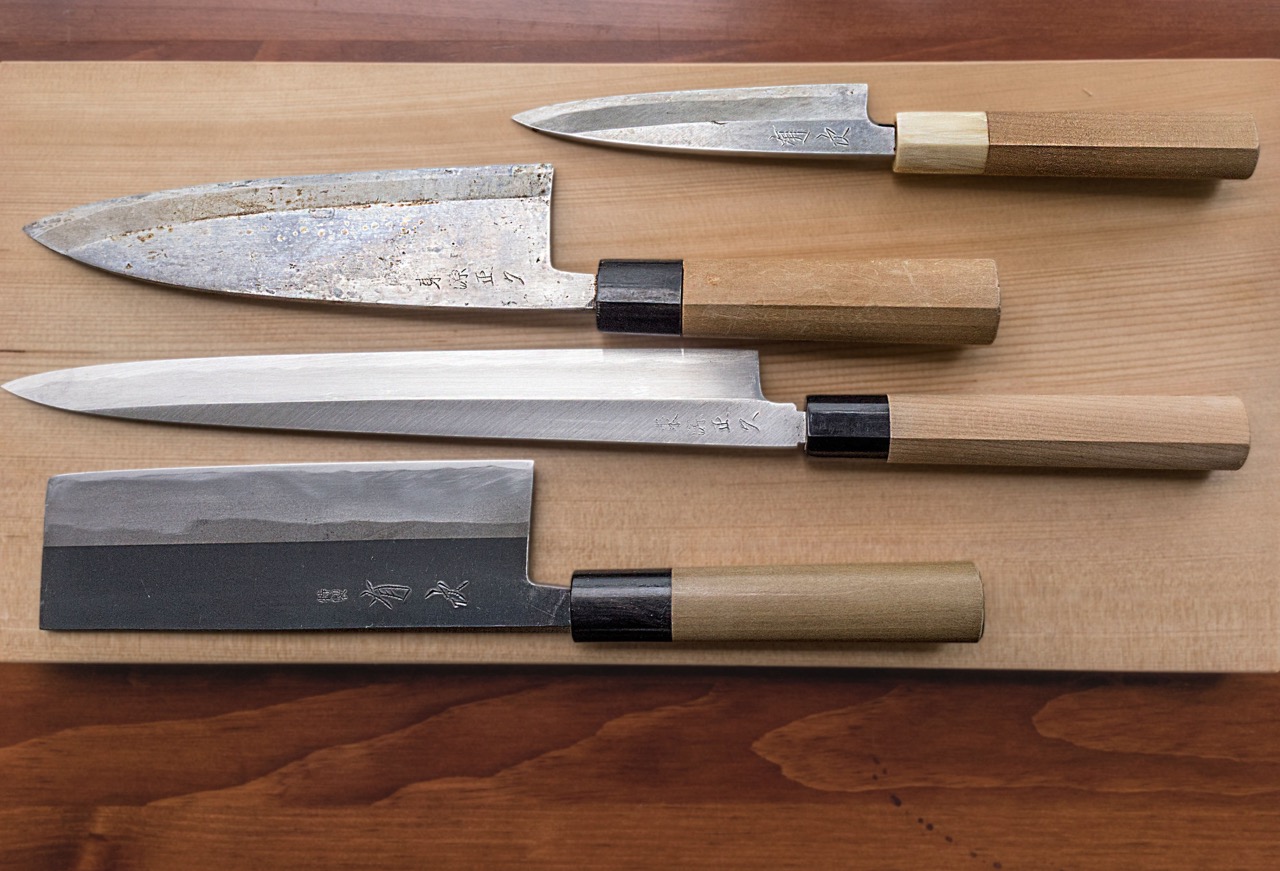


0 thoughts on “How To Make Japanese Garden”